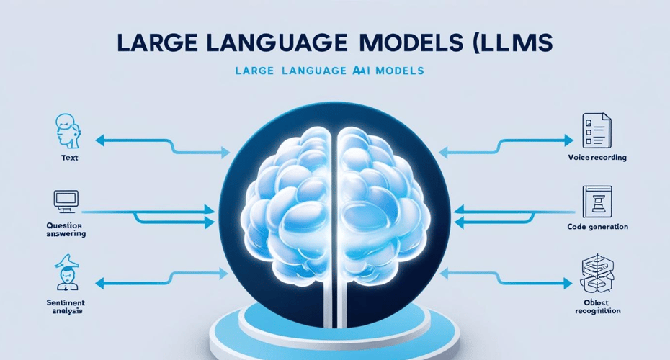Dev
1M
375

Image Credit: Dev
Understanding Large Language Models (LLMs): Types and How They Work
- Large Language Models (LLMs) play a key role in modern AI applications, supporting chatbots, content generation tools, and code assistants.
- LLMs are advanced machine learning models trained on extensive text data, enabling tasks like text generation, question answering, and code creation.
- LLMs come in various types such as Decoder-only Models, Encoder-only Models, and Encoder-Decoder Models, each suited for different tasks.
- Training LLMs involves techniques like unsupervised learning, supervised fine-tuning, and reinforcement learning from human feedback.
- LLMs employ machine learning mechanisms like data preprocessing, transformer architecture, and fine-tuning on labeled datasets for training.
- Different LLMs excel in conversational models, code generation, multimodal models, and domain-specific tasks based on their architectures.
- Real-world applications of LLMs include customer support, content creation, code assistance, healthcare analysis, financial insights, and personalized education.
- LLMs are available as open-source models like LLaMA 2 and Falcon, as well as proprietary models like GPT-4 and Gemini.
- In conclusion, LLMs are transforming AI interactions by offering diverse capabilities through various architectures and training approaches.
Read Full Article
22 Likes
For uninterrupted reading, download the app